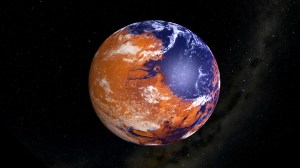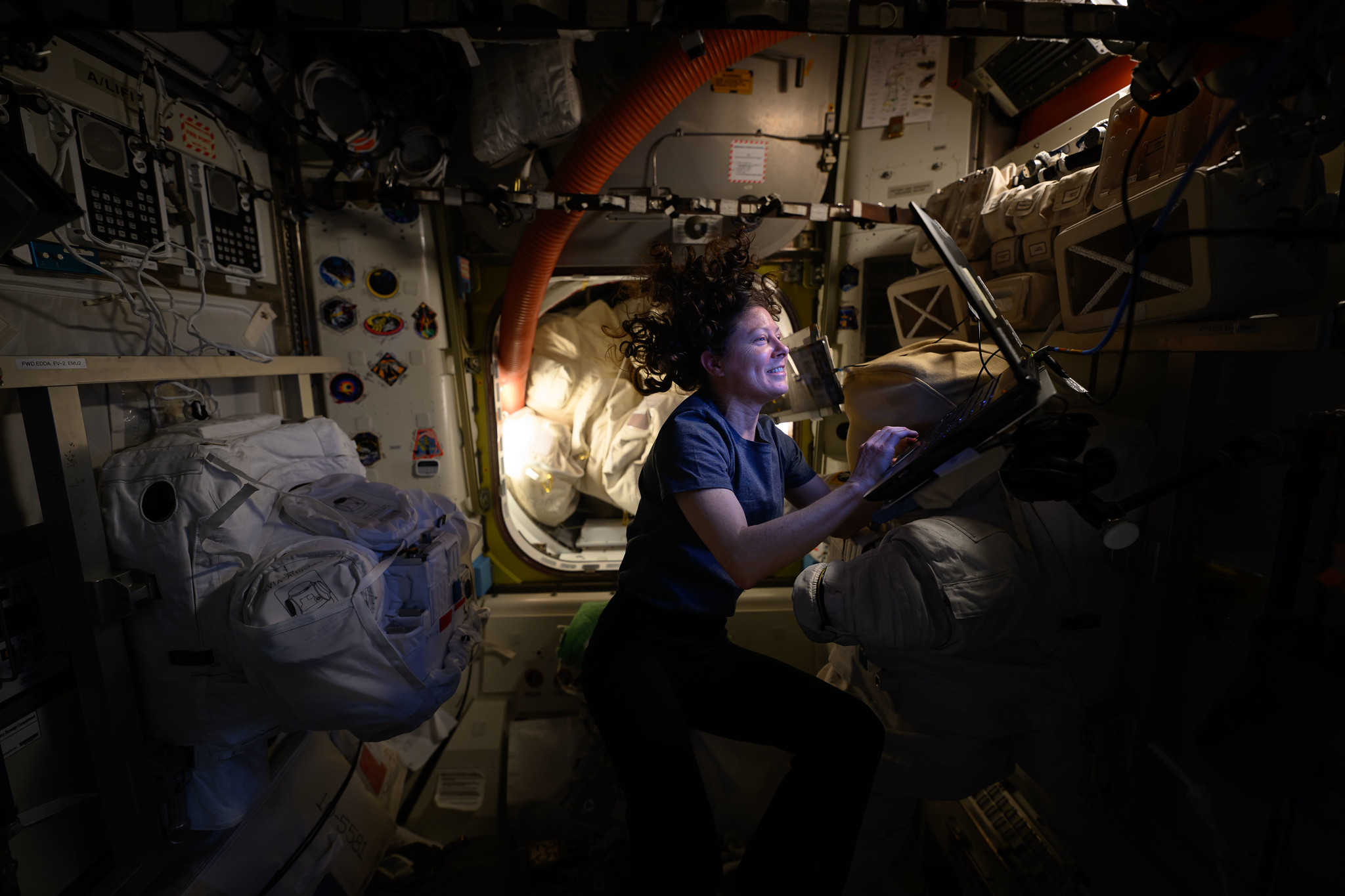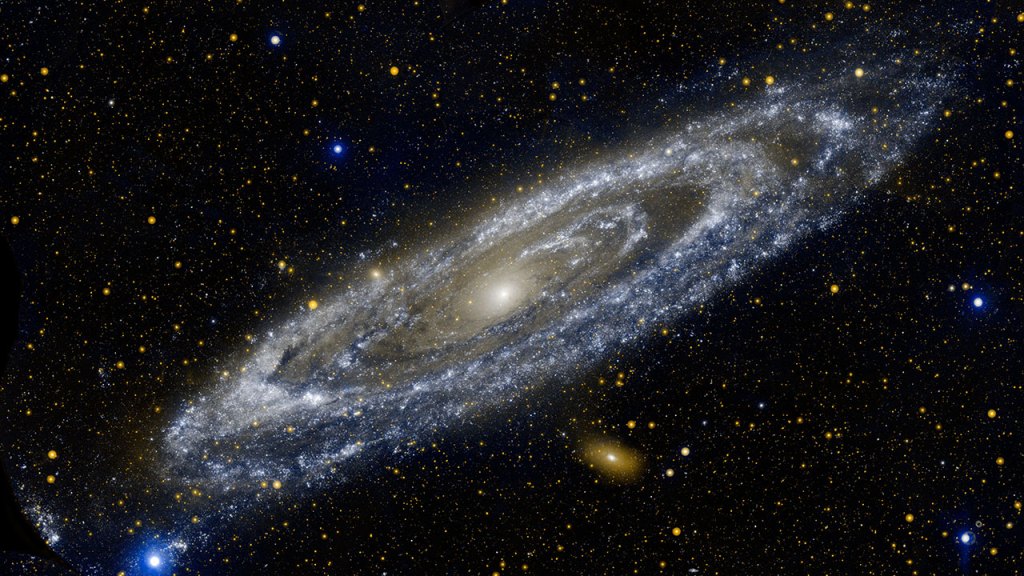NASA-Funded Study Examines Tidal Effects on Planet and Moon Interiors
NASA-supported scientists have developed a method to compute how tides affect the interiors of planets and moons, which will help interpret data from missions like NASA’s Europa Clipper.
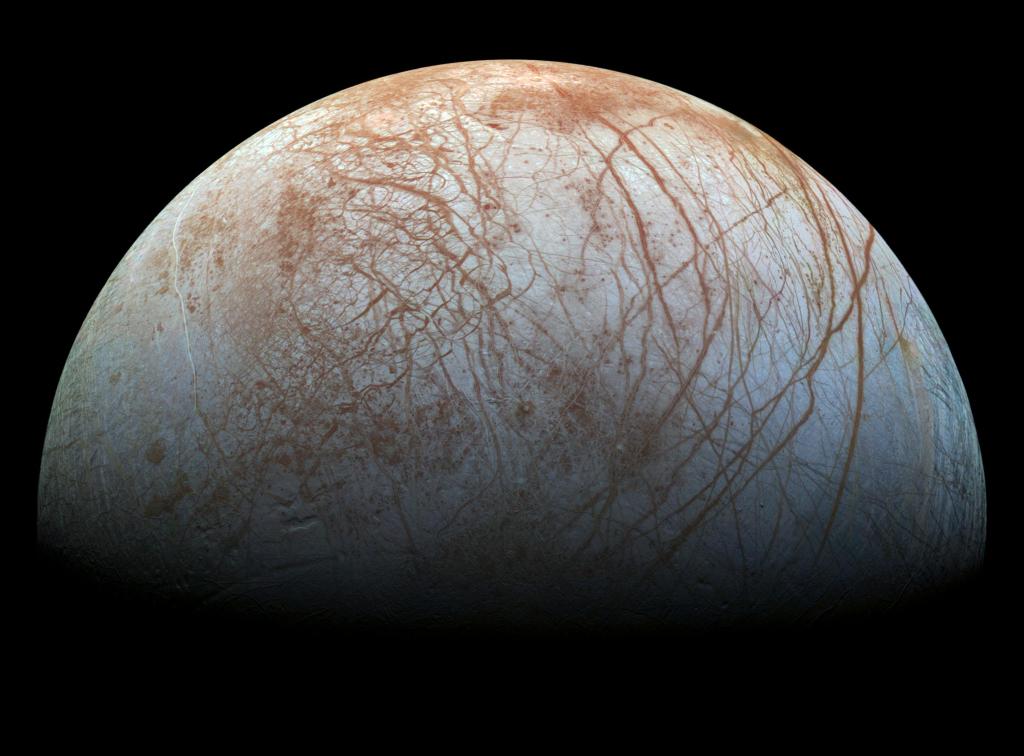
2 min read
NASA-Funded Study Examines Tidal Effects on Planet and Moon Interiors
NASA-supported scientists have developed a new method to compute how tides affect the interiors of planets and moons. Importantly, the new study looks at the effects of body tides on objects that don’t have a perfectly spherical interior structure, which is an assumption of most previous models.
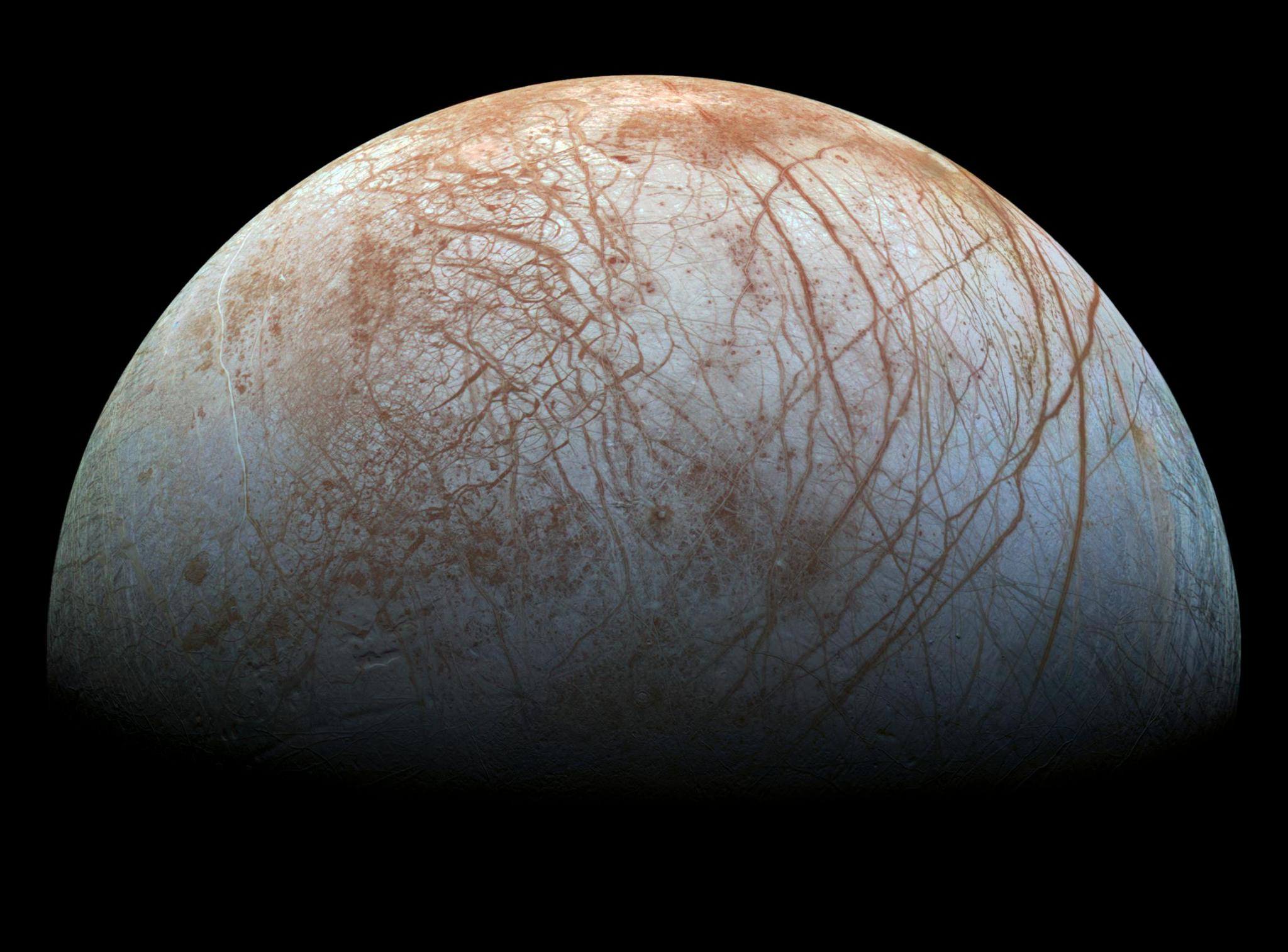
Body tides refer to the deformations experienced by celestial bodies when they gravitationally interact with other objects. Think of how the powerful gravity of Jupiter tugs on its moon Europa. Because Europa’s orbit isn’t circular, the crushing squeeze of Jupiter’s gravity on the moon varies as it travels along its orbit. When Europa is at its closest to Jupiter, the planet’s gravity is felt the most. The energy of this deformation is what heats up Europa’s interior, allowing an ocean of liquid water to exist beneath the moon’s icy surface.
“The same is true for Saturn’s moon Enceladus.” says co-author Alexander Berne of CalTech in Pasadena and an affiliate at NASA’s Jet Propulsion Laboratory in Southern California. “Enceladus has an ice shell that is expected to be much more non-spherically symmetric than that of Europa.”
The body tides experienced by celestial bodies can affect how the worlds evolve over time and, in cases like Europa and Enceladus, their potential habitability for life as we know it. The new study provides a means to more accurately estimate how tidal forces affect planetary interiors.
The paper also discusses how the results of the study could help scientists interpret observations made by missions to a variety of different worlds, ranging from Mercury to the Moon to the outer planets of our solar system.
The study, “A Spectral Method to Compute the Tides of Laterally Heterogeneous Bodies,” was published in The Planetary Science Journal.
For more information on NASA’s Astrobiology Program, visit:
https://science.nasa.gov/astrobiology
-end-
Karen Fox / Molly Wasser
Headquarters, Washington
202-358-1600
karen.c.fox@nasa.gov / molly.l.wasser@nasa.gov
Share
Details
Related Terms
What's Your Reaction?



















.jpg?#)
























